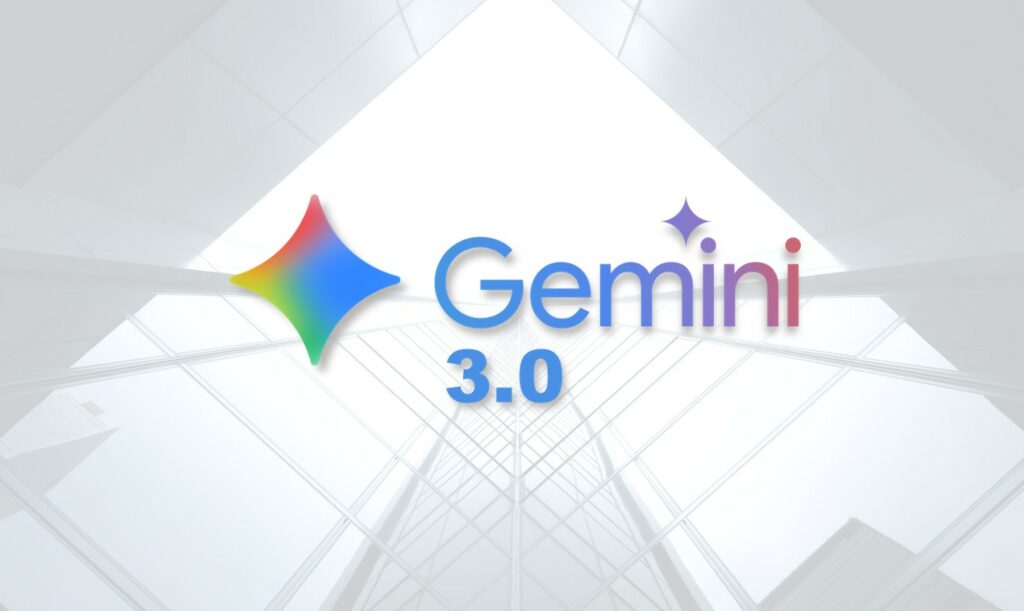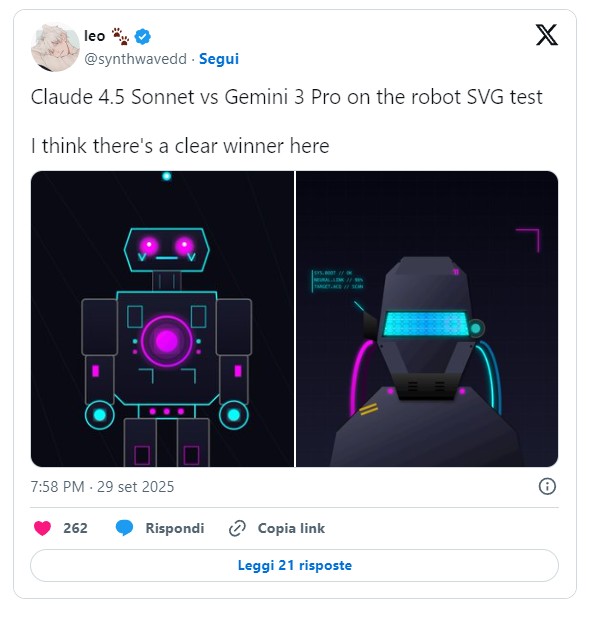
Over the past few days, some users have received a notification saying that their Gemini Advanced devices have been “upgraded from the previous generation model to the 3.0 Pro, the smartest model yet.”
This suggests that Google may be quietly launching the next-generation model. Based on early testing and leaks, Gemini 3.0 Pro is expected to significantly improve programming, user interface design, and multimodal reasoning capabilities; it could play a key role in Gemini Advanced, Google Workspace (Docs, Gmail, Slides), and Gemini Enterprise Edition.
Although the official release date is still unclear (it appears to be December), a lot of information is beginning to leak out, providing us with important details about Google’s strategy for the release of this new generation model.
The most telling indicator is the user experience itself : some accounts have seen a “3.0 Pro” update message in the Gemini Advanced interface, with Google calling it the “smartest” model ever . This practice is consistent with Google’s tradition of “quiet” releases of the Gemini series, as was the case with the Gemini 1.5 Pro, which was released before an official blog post or event.
| Category | Information available |
|---|---|
| Distribution status | Some users received a 3.0 Pro update notification in Gemini Advanced |
| Release form | No information leaked before the official announcement |
| Area for improvement | Programming, user interface design, multimodal reasoning |
| Technical features | Generates more accurate SVG code than previous models |
| Integration planned | Gemini Advanced; Gemini for Workspace (Docs, Gmail, Slides); Gemini for Enterprise |
| Comparison with competitors | No benchmarks available against Claude Sonnet 4.5 or GPT-5 |
The goal of this strategy is to evaluate performance under real-world conditions, gather feedback, and make adjustments before setting a release date.
As AI models become increasingly complex, engaging a subset of users in extensive testing helps vendors manage risk and improve stability.
Leaked information indicates that version 3.0 Pro improves multimodal reasoning, or the ability to more efficiently process data from multiple input formats (text, images, etc.) within the same prompt . From an application perspective, this is reflected in the aforementioned features: programming, user interface creation, and SVG code generation.
SVG is a structured vector graphics; generating “correct” SVG code requires models to understand geometric relationships, grouping hierarchies , display properties, and layout constraints. Therefore, advances in SVG technology promise to improve the models’ ability to infer structure and respect formal constraints, capabilities that are typically more difficult to achieve than generating plain text.

Improvements in user interface design are often related to the ability to describe layout structures, understand component conventions, and limit interactions . Programming proficiency, on the other hand, is associated with syntactic correctness, logical consistency, and test coverage.
These improvements, if widely validated, will have a significant impact on integration into Docs, Gmail, Slides, and enterprise workflows that prioritize process automation.
Based on the available data, it’s impossible to determine whether version 3.0 Pro outperforms Claude 4.5 Sonnet or falls short of GPT-5 Codex by standard metrics. However, the fact that version 3.0 Pro is intended to serve as a model infrastructure for Gemini Advanced, Workspace, and Enterprise suggests that Google is prioritizing its readiness for large-scale deployments and deep integration with existing products.
This “deploy first, release later” strategy (also employed by Gemini 1.5 Pro, as previously discussed) reflects Google’s focus on using real-world operational data to refine models before deploying them at scale. As the official release date approaches, key aspects to monitor include stability across releases, programmatic and multimodal public metrics, and the scope of API integrations and enterprise tools.
Observations so far suggest that Gemini 3.0 Pro could represent a significant step forward, particularly for tasks requiring structural conformity such as SVG, as well as user interface creation and programming capabilities.
This stealth implementation helps optimize quality before scalability, while placing models at the center of the product ecosystem.
Until it’s officially released and subjected to independent benchmarks, the picture remains unclear; however, Gemini 3.0 Pro’s deep integration with Gemini Advanced, Workspace, and Enterprise suggests that 3.0 Pro will play a key infrastructural role in Google’s AI strategy.
Follow us on Google News to receive daily updates on cybersecurity. Contact us if you would like to report news, insights or content for publication.
